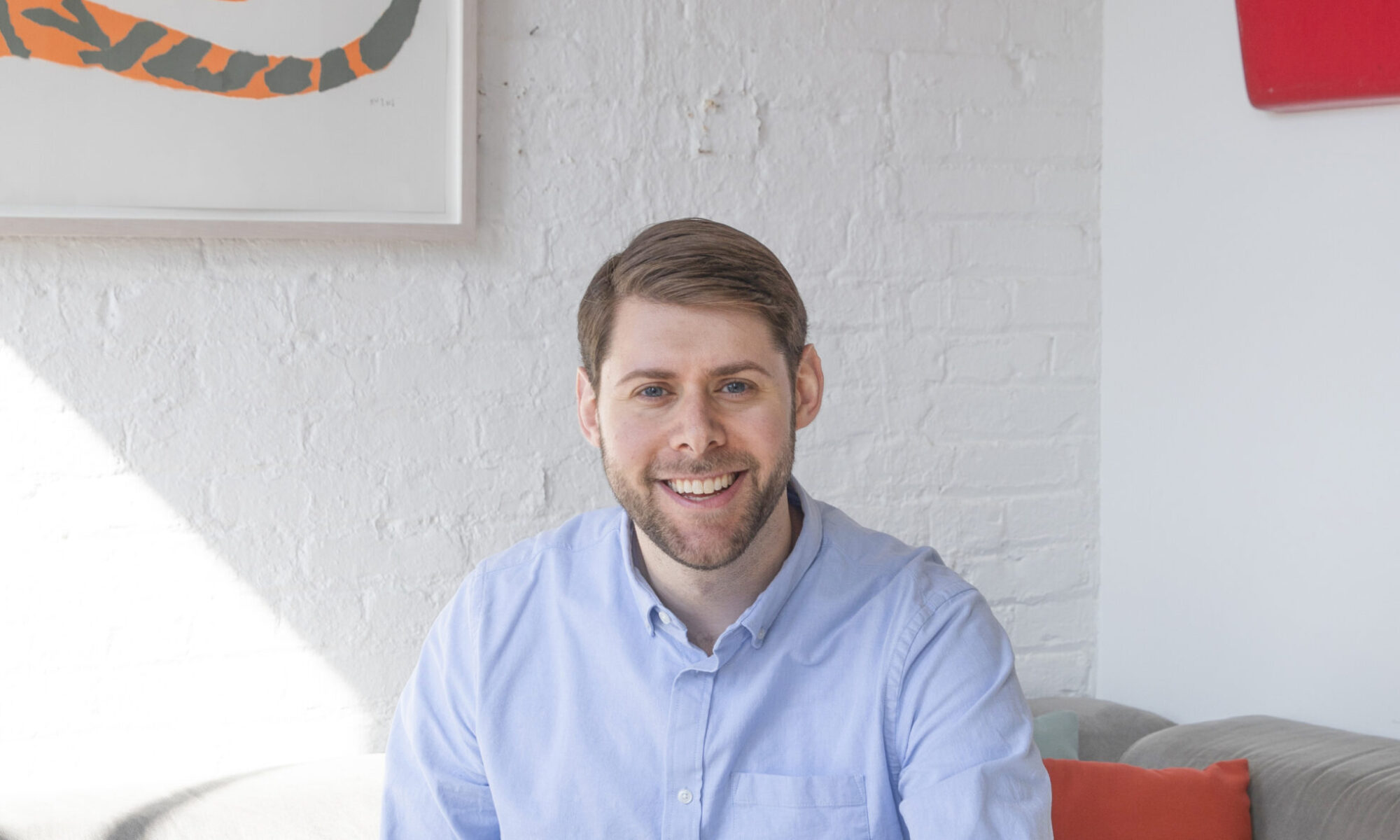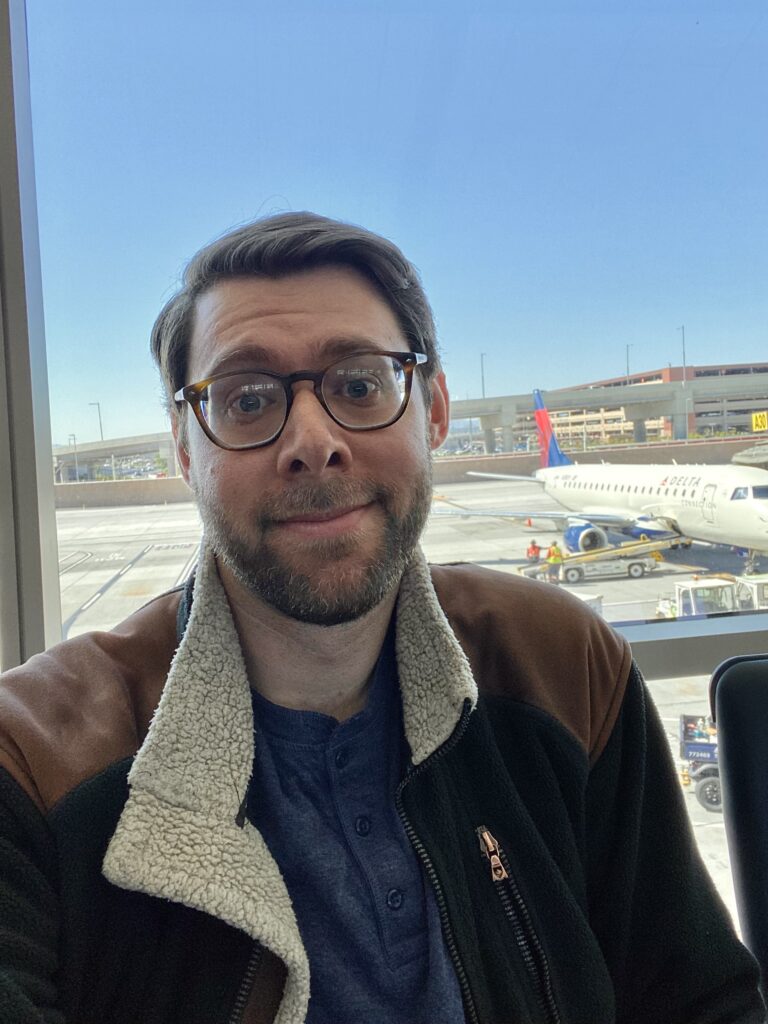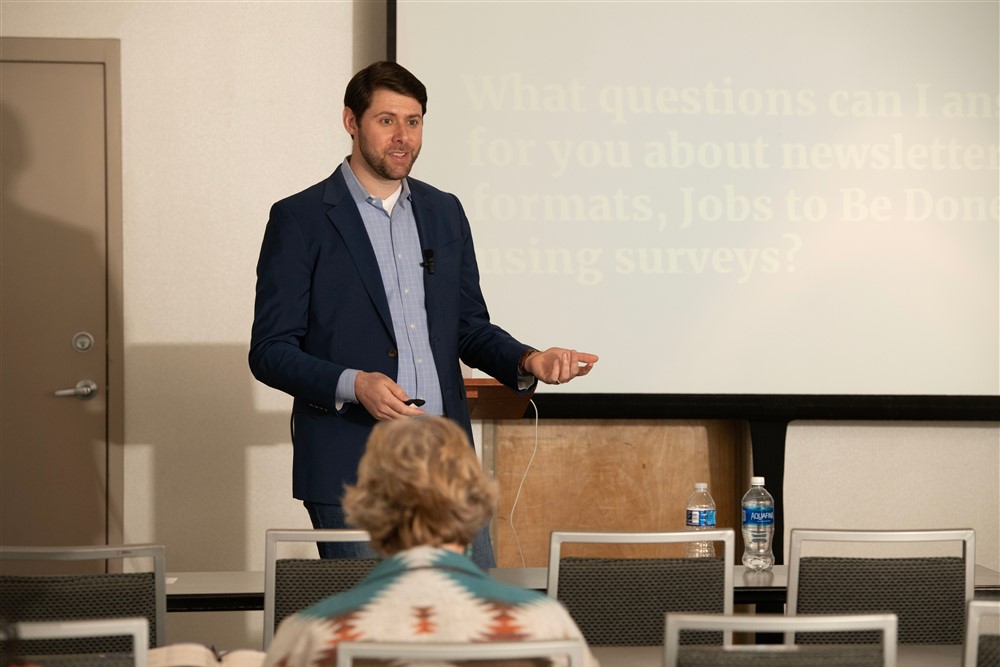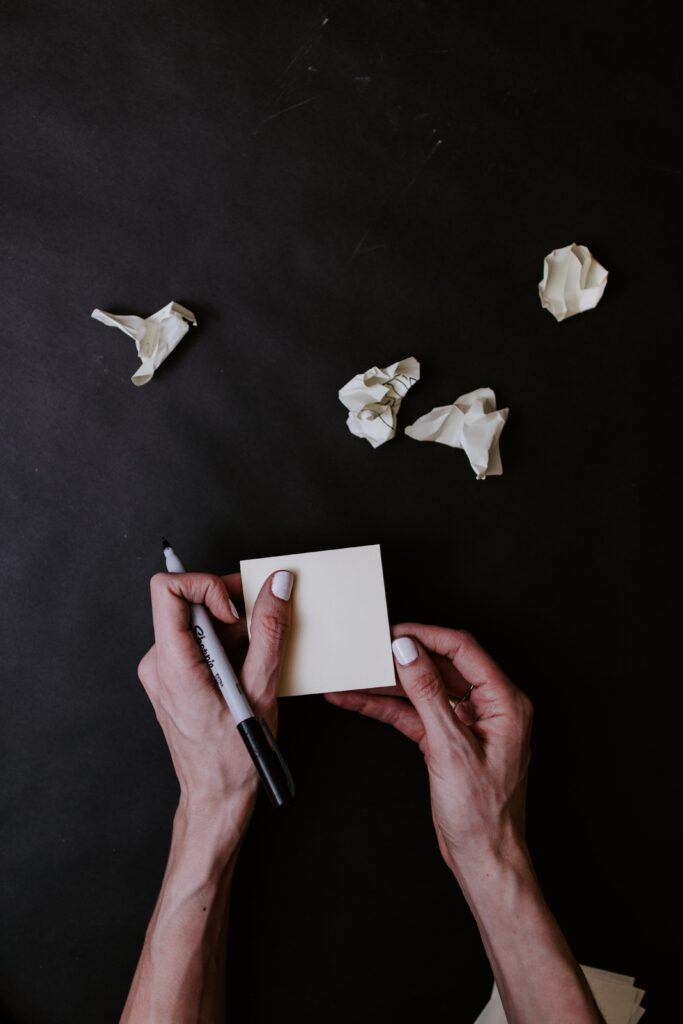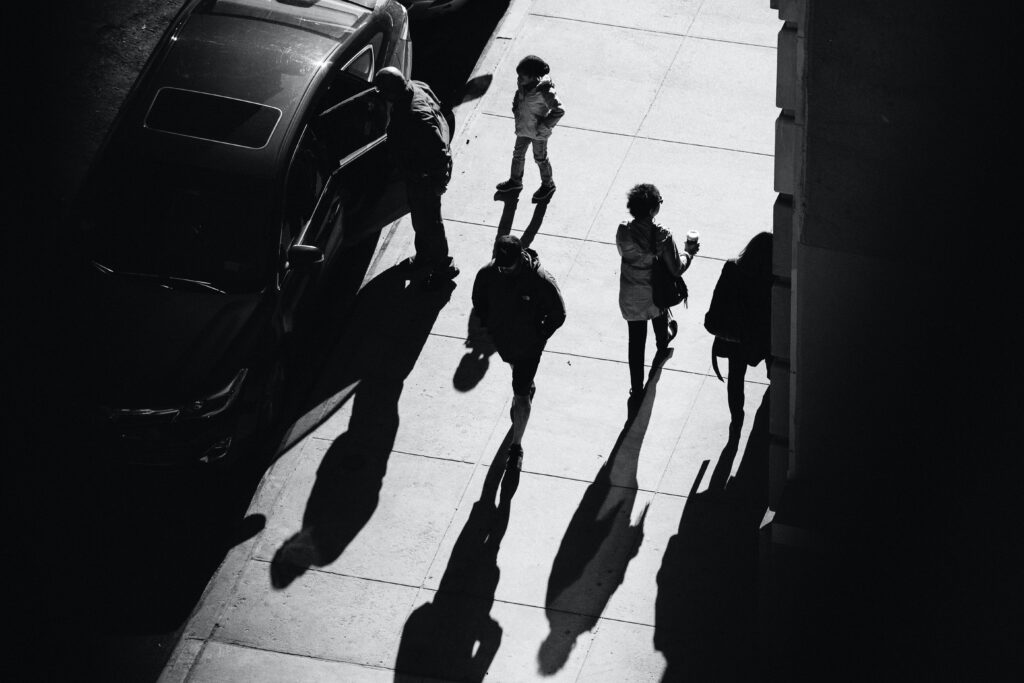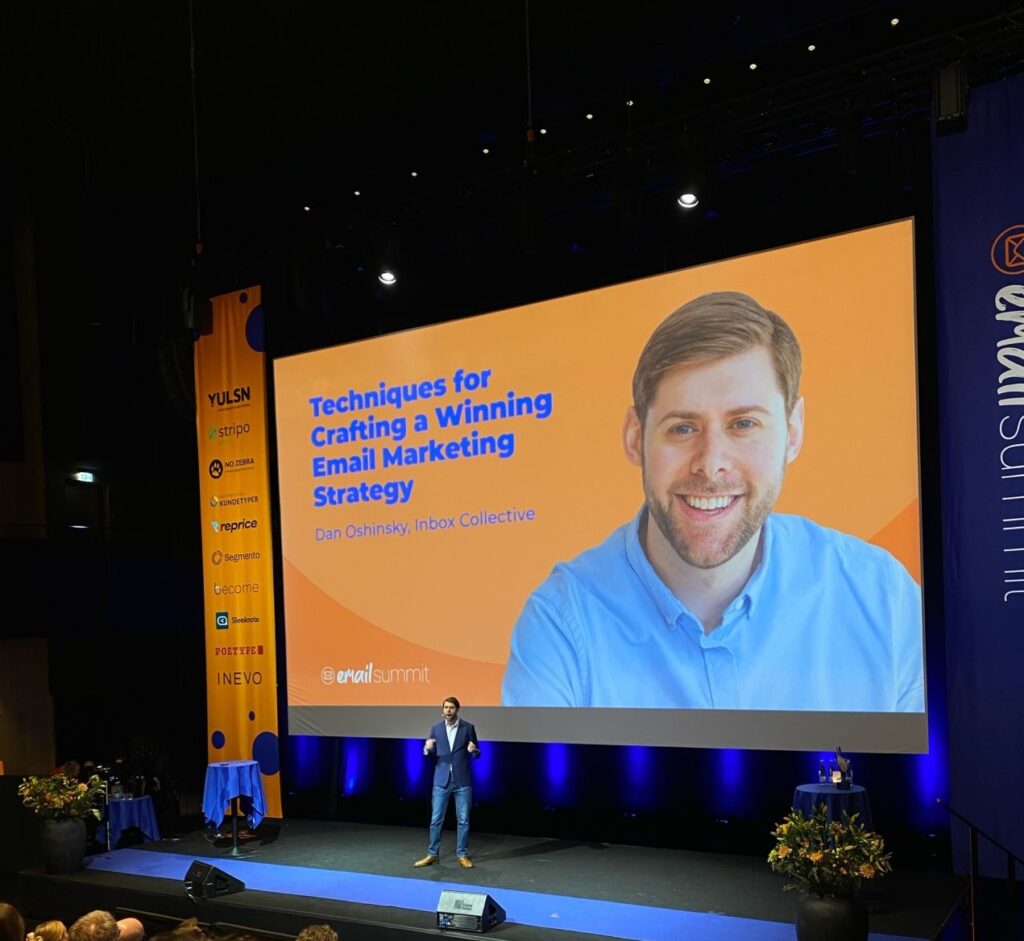
It’s funny to imagine now, since I’m often the guy who’s on stage, but it wasn’t all that long ago that I hated going to conferences. Meeting lots of new people? Lots of small talk? Breakfast in a hotel conference room? No, thanks!
But I have learned a few things about conferences along the way. Here are three that have made conferences about 1000x better for me.
1.) Literally always introduce yourself, even if it’s someone you’ve met a few times before, and even if you’re wearing a name tag. At these conferences, you meet so many people — half the time, I can barely remember my own name by the end! Introduce yourself and you’ll avoid that awkward moment in the conversation when you realize that the other person is making the “Where do I know this person from?” face.
2.) Have an icebreaker question ready for everyone. I was just talking with one of my public media clients about this — they’re going to a conference soon with lots of other small public media outlets. They could start each conversation with, “So where do you work?” or “How do you like living in Springfield?”, but honestly, how many great conversations have started with a question like that? Instead, they’re going in with a different icebreaker: “What’s the most successful fundraising drive you’ve done recently, and why do you think it worked so well?” If they ask a dozen people that, they’ll start a dozen interesting conversations — and probably walk away with at least 2-3 ideas they can try out for themselves!
3.) Always be the person who says hi to the speaker afterwards. Stop by, say thank you, and ask your one extra question. These speakers usually traveled a ways to be there — they’re happy to talk! (They just spent 45 minutes talking about that topic anyway!) Maybe you’re looking for an example or an idea. Ask them, and more often than not, they’ll be happy to send you one after the event is over. Just this morning, I got an email from someone I met after a session I hosted last week. I was delighted they actually followed up — more often than not, people don’t!
———
That’s me on stage at Email Summit DK in Odense, Denmark, in January. It’s still funny to me that a guy who didn’t love conferences now speaks on stage at them.
